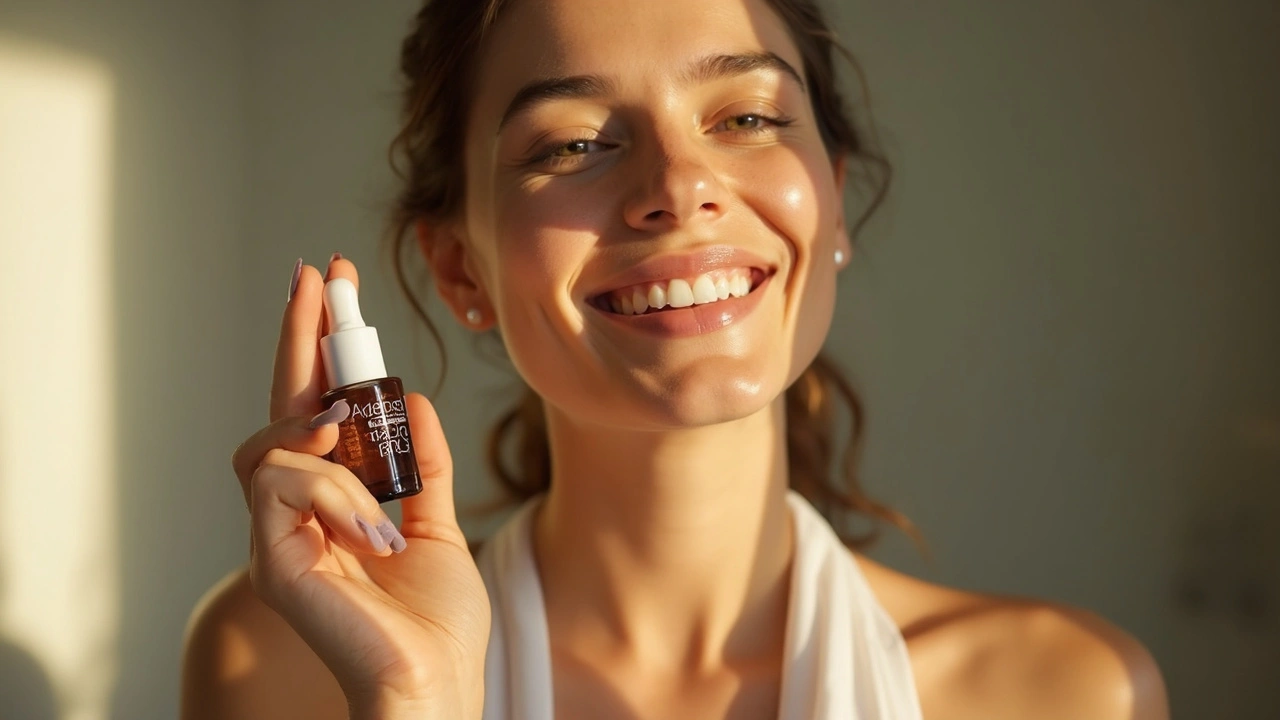Azelaic Acid – What It Does and How It Can Help Your Skin
If you’ve tried a bunch of acne gels or brightening serums and still see breakouts or uneven tone, azelaic acid might be the missing piece. It’s a naturally‑derived molecule that works on several skin problems at once, so you don’t need a whole routine of different products.
What Is Azelaic Acid and Why It Works
Azelaic acid is a dicarboxylic acid found in grains like wheat, barley and rye. In skincare it’s prized for three main actions: it kills acne‑causing bacteria, it gently encourages skin cells to turn over faster, and it blocks the pigment‑making enzyme melanin‑tyrosinase. The result is fewer pimples, less redness from rosacea, and a fade in dark spots or post‑inflammatory hyperpigmentation.
Because it’s not as harsh as benzoyl peroxide or retinoids, many people with sensitive skin can tolerate it. You’ll see it in creams, gels and foam formulas ranging from 10 % (over‑the‑counter) to 20 % (prescription). The higher the percentage, the stronger the effect, but also the higher the chance of tingling or mild peeling.
How to Use Azelaic Acid Correctly
Start slow. Apply a pea‑sized amount to clean, dry skin once a day, preferably in the evening. If your skin feels fine after a week, you can increase to twice daily. Always follow with a moisturizer – azelaic acid can dry out the barrier if you skip that step.
Don’t mix it with other strong actives in the same routine. Keep retinoids, strong acids (AHAs/BHAs) and vitamin C separate, or use them at different times of day. This prevents irritation and lets each ingredient do its job.Shield your skin. Even though azelaic acid isn’t a photosensitizer like retinol, it can make your skin a bit more reactive to sunlight. A broad‑spectrum SPF 30+ in the morning is a must.
Typical side effects are mild: temporary tingling, slight redness or a flaky feel. If you notice burning, swelling or a rash that doesn’t calm down after a few days, stop using it and check with a dermatologist.
When picking a product, look for simple ingredient lists. Fragrances, alcohol, or extra preservatives can counteract the soothing nature of azelaic acid. Trusted brands often label the concentration clearly and provide usage instructions.
Real‑world results: users report a noticeable drop in active breakouts within 2‑4 weeks, and a smoother, brighter complexion after 8‑12 weeks. Consistency is key – skip a day and you might stall progress, but you won’t undo months of work.
Bottom line: azelaic acid is a versatile, relatively gentle option for acne, rosacea and dark spots. Start low, moisturize well, protect with sunscreen, and give it time. Your skin will thank you.
Azelaic Acid for Seborrheic Dermatitis: Real Results, Real Relief
- 22.06.2025
- Posted in Health
- 18 Comments

Discover how azelaic acid calms seborrheic dermatitis. Learn tips, application, benefits, and real advice on managing flare-ups for healthier, happier skin.

